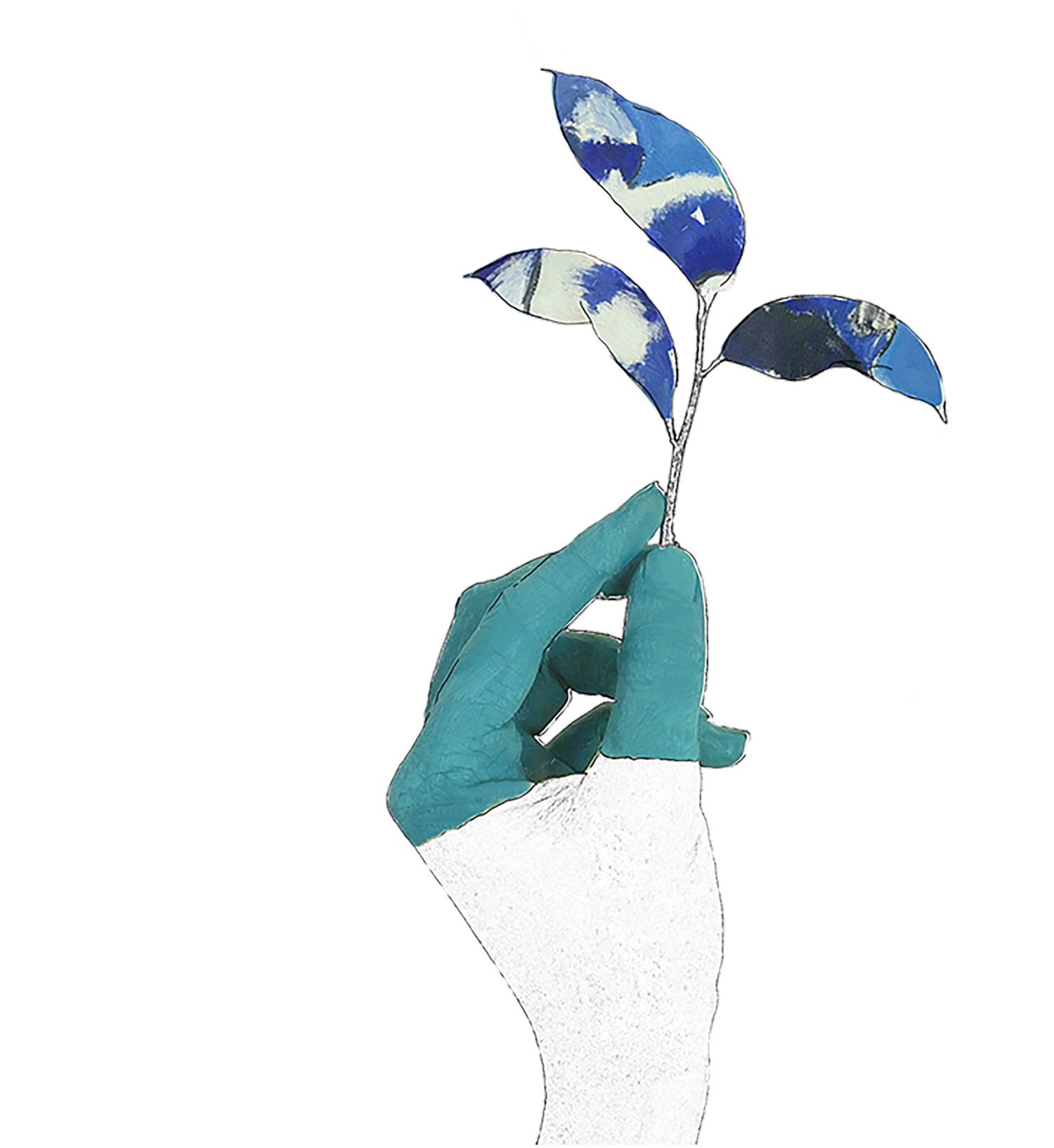Gorée
As I looked out into the Atlantic Ocean, my eyes began to well up with tears. I was standing at the Door of No Return, located in Gorée Island’s House of Slaves. The island was where many enslaved Africans were held before being shipped to the New World. It was where their feet touched their soil for the last time. As I stared out the door, it occurred to me that this vast and infinite horizon might have been the last glimpse that enslaved Africans had of their home. Yet, what a sight it was. The ocean was dark blue with black undertones similar to those found in darkened blood – gory yet mesmerizing. This feeling was amplified by the hushed cry of the early afternoon current and the startling sound of waves breaking against rocks that sounded like paddles hitting flesh. The latter finally caused a teardrop to roll down my cheek and fall to the ground. The ground that was walked on by those held in captivity. Had their teardrops been bottled, they might have filled the ocean.
There wasn’t much to see during the ferry ride to Gorée island. I had arrived during Harmattan season, therefore, a dusty fog from the northeasterly winds of the Sahara Desert sat over the horizon like a heavy cloud and greatly reduced any visibility of the seascape. For the majority of the trip, the island came in out of vision until, suddenly, out from the dust, emerged houses painted different shades of paprika, ginger, and turmeric with tiny blue wooden windows. We had arrived. I had expected the island to be meek and sinister like Robben Island – where Nelson Mandela was imprisoned. However, Gorée was an orchestra – hawkers yelling prices, key chains dinging in souvenir shops, tourists bargaining, fish frying, peanuts roasting, market ladies laughing – all these different instruments came together to play a sweet and animated tune. As I searched for the tour guide offices, I made my way up a pathway lined with vibrant paintings for sale on one side and charming restaurants with tented verandas on the other. Luckily, finding the tour guides was easy - they all wore white polo shirts and were all surrounded by groups of tourists with tan legs and pale thighs peeking out from underneath of their Khaki shorts.
My tour guide was the only one not in uniform, instead he wore a traditional cloth draped across his body. He was also missing his two front teeth and was the only elder guide. Perhaps this was why he was not concerned with palliating the stories of the island. He walked us through heritage sites swarming with tourists and led us down quiet narrow residential streets paved with cobblestones. With the comportment of a wise man, he narrated off-script chronicles of each setting and wove the island together. The dualism of his approach was paralleled by the dichotomy of the weather. In one moment, the wind would whisper past me making the hair on my skin stand alert like a dog’s ears trying to decipher a sound; then in a heartbeat, the sun would bear down on me demanding to be noticed as my sweat began to mix with the layer of dust on my skin.
The House of Slaves was our final stop. There, tourists spoke in low muffled tones as a sign of respect. The murmurs, alongside the dull red walls and the echoey footsteps from the cemented floors, felt eerie. Whereas, the occasional sound of a camera clicking felt almost paranormal. As I explored the House of Slaves, dust burned my nostrils like cinnamon and left an aftertaste of iron in my mouth. I watched some tourists try to fit themselves into a small cell by contorting their bodies into a question mark. I climbed up the stairs to view the spacious residences reserved for Europeans. I walked slowly around the entire house making sure to diligently observe every surface. Perhaps, I was looking for a secret message carved into the walls. Most likely, I was avoiding having to do the inevitable – walking to the Door.
